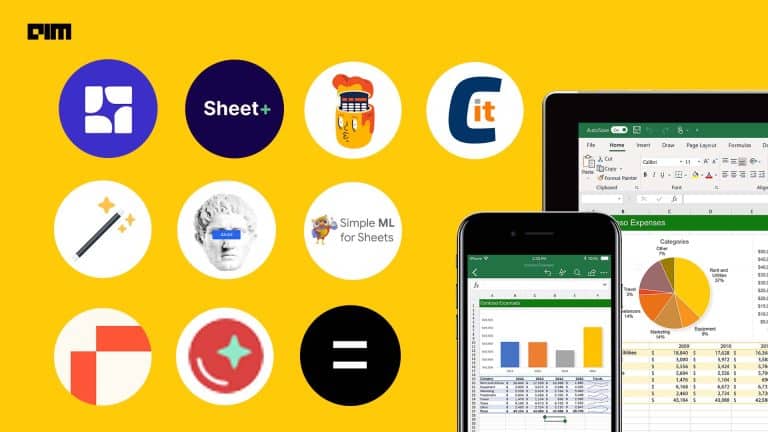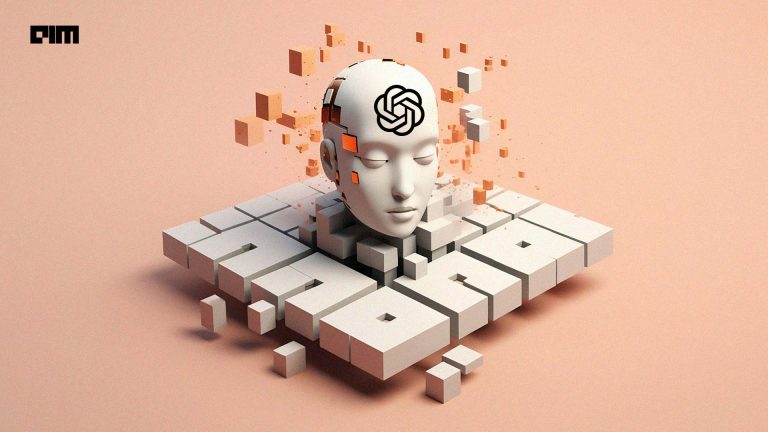|
Listen to this story
|
The tech community is spilling over with excitement over OpenAI‘s latest release of its large language model GPT-4. It has a 25,000-word capacity for input and output with the added bonus of being multimodal, allowing users to feed both text and image inputs. Microsoft has confirmed that the new Bing search is running on GPT-4. For now, GPT-4 is available on ChatGPT Plus and as an API for developers.
In less than 24 hours since its launch, social media is awash with techies experimenting with it. Pietro Schirano, the design lead at Brex, managed to recreate the Pong game in less than a minute. Furthermore, his teammate Ammar Rashi recreated the iconic Snake game using GPT-4 and without any prior experience with Javascript, all within 20 minutes.
Another platform Fintech DoNotPay is also using it in creating “one-click lawsuits” against robocallers, which could generate a 1,000-word lawsuit with just a click after a call is transcribed. Meanwhile, AI influencer Rowan Cheung utilised the LLM to create a functional website from a hand-drawn sketch.
I just watched GPT-4 turn a hand-drawn sketch into a functional website.
— Rowan Cheung (@rowancheung) March 14, 2023
This is insane. pic.twitter.com/P5nSjrk7Wn
GPT-4 also proved useful in identifying security flaws in a live Ethereum contract when Conor Grogan, a director at Coinbase, ran the test. Lastly, Keeper, the dating app, has used it to help with matchmaking, using profile data and preferences to determine if a match is worth pursuing and even automating the follow-up process. With computer vision, users can filter based on physical traits to find their ideal match.
Read more: ChatGPT Takes NEET; Will it Pass with Flying Colors or Flunk?
OpenAI has also partnered with a slew of companies like Be My Eyes, Mem, Harvey, and Duolingo, among others to test GPT-4’s capabilities. So, let’s delve into some of these use cases and see what GPT-4 can truly deliver.
Be My Eyes
Danish startup Be My Eyes, which connects visually impaired or low-vision individuals with volunteers to assist with daily tasks, has developed a GPT-4-powered ‘Virtual Volunteer’ within their app. It provides the same level of context and understanding as a human volunteer, allowing them to navigate complex physical environments, understand the content of web pages and make informed decisions in real time.
Government of Iceland
Besides the tech companies, the government of Iceland is collaborating with OpenAI to improve the Icelandic language using GPT-4. However, GPT-4 has made some errors in Icelandic grammar and cultural knowledge. So, a team of 40 volunteers, led by Vilhjálmur Þorsteinsson (chief executive at language tech Miðeind ehf), is training GPT-4 using reinforcement learning from human feedback (RLHF).
This feedback is used to train GPT-4 to produce more accurate responses in the future. Prior to RLHF, fine-tuning a model was laborious and data-intensive, and attempts to fine-tune a GPT-3 model using 300,000 Icelandic language prompts were unsuccessful.
Prompt
Hvað heitir Donald Duck á íslensku?
What is Donald Duck called in Icelandic?
GPT-3 completion
Donald Duck heitir á íslensku Donaldi Kjáni
Donald Duck is called in Icelandic Donaldi the Fool
Incorrect
ChatGPT completion
Donald Duck heitir sama nafni á íslensku og ensku
Donald Duck has the same name in Icelandic and English
Incorrect
GPT-4 completion
Donald Duck heitir Andrés Önd á íslensku
Donald Duck is called Andrés Önd in Icelandic
Correct
Duolingo
Duolingo is incorporating GPT-4 into its language learning app to create two new AI-backed features, ‘Role Play’ and ‘Explain my Answer’, in its new subscription tier, Duolingo Max. With GPT-4, Duolingo aims to provide learners with the ability to converse freely about various topics in niche contexts. The new features are currently available in Spanish and French, and Duolingo plans to expand to more languages and introduce additional features.
Stripe
Like the rest, fintech Stripe had previously been using GPT-3 to help their support team serve users better. Now, it is using GPT-4 to improve its platform’s features and workflows by scanning websites to understand how businesses use the platform and customise support accordingly.
Besides delivering summaries of websites, it can also act as a virtual assistant to developers by understanding their questions, reading technical documentation, and summarising solutions. Stripe also uses GPT-4 to identify and manage malicious elements on its community forums like Discord.
Morgan Stanley
Wealth management firm Morgan Stanley has a GPT-4-enabled internal chatbot that searches through extensive PDF format, making it easier for advisors to find answers to specific questions. The company started exploring how to harness its intellectual capital with GPT-3 and now GPT-4.
The chatbot is trained on vast volumes of text on the internet and Morgan Stanley’s intellectual capital, which is a unique internal content repository that the company can parse using GPT-4. Over 200 employees use the system every day and provide feedback to make it even more useful. The company is also evaluating additional OpenAI technology with the potential to enhance insights from advisor notes and streamline follow-up client communications.
Khan Academy
Online learning platform Khan Academy has started using GPT-4 to operate an AI assistant named Khanmigo, which serves both as a virtual mentor for students and an assistant for teachers in classrooms. They began evaluating GPT-4 in 2022 and will initially offer the Khanmigo pilot program to a small group of individuals, while the general public can register to be on a waitlist.
Based on initial evaluations, GPT-4 might be able to assist students in comprehending the wider significance of their studies and teach them specific concepts of computer programming. Additionally, Khan Academy is testing methods for educators to utilise GPT-4 to design study materials for their classes.
As this continues to evolve, it will be interesting to see how it will reshape the way we interact with the world around us.



















































































